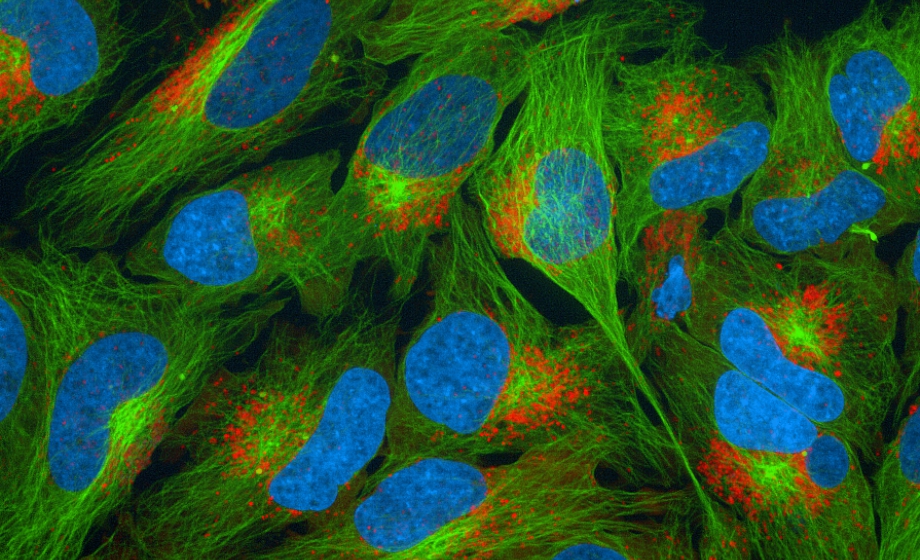Q&A Report: Creating Better Gene-Edited Cell Lines with the FAST-HDR System
How do you prevent the labeling tag from interfering with the function of the targeted protein?
In the FAST-HDR System, we included a flexible linker sequence that separates the targeted protein from the labeling tag. This approach allows the proteins to be connected and to have spacing to facilitate getting into their correct 3D structure. This approach has worked on labeling essential proteins. However, this approach only partially guarantees that there will be no interference, and sometimes it is required to consider tagging the target protein at the N-term instead of the C-term.
What type of cell lines have you been able to modify with the FAST-HDR System?
We have done genetic modifications in multiple cancer cell lines that are adherent or grow in suspension. The preferred cell lines have doubling times <30 hours and are a good host to incorporate plasmid DNA with either transfection or electroporation. In addition to working with human cell lines, we have also worked with mouse, rat, and hamster cell lines.
How would you handle a protein with very low expression to accomplish genetic tagging?
We can use a couple of strategies to generate cell lines with tagged endogenous proteins with low expression. Suppose the expression of the protein can be induced with a small molecule or cytokine. In that case, we can use those molecules to increase expression and facilitate selection during the antibiotic selection step. Alternatively, we can use lower doses of the resistant antibiotics to find a dose that will allow the selection of modified cells with low expression levels of antibiotic-resistant proteins.
